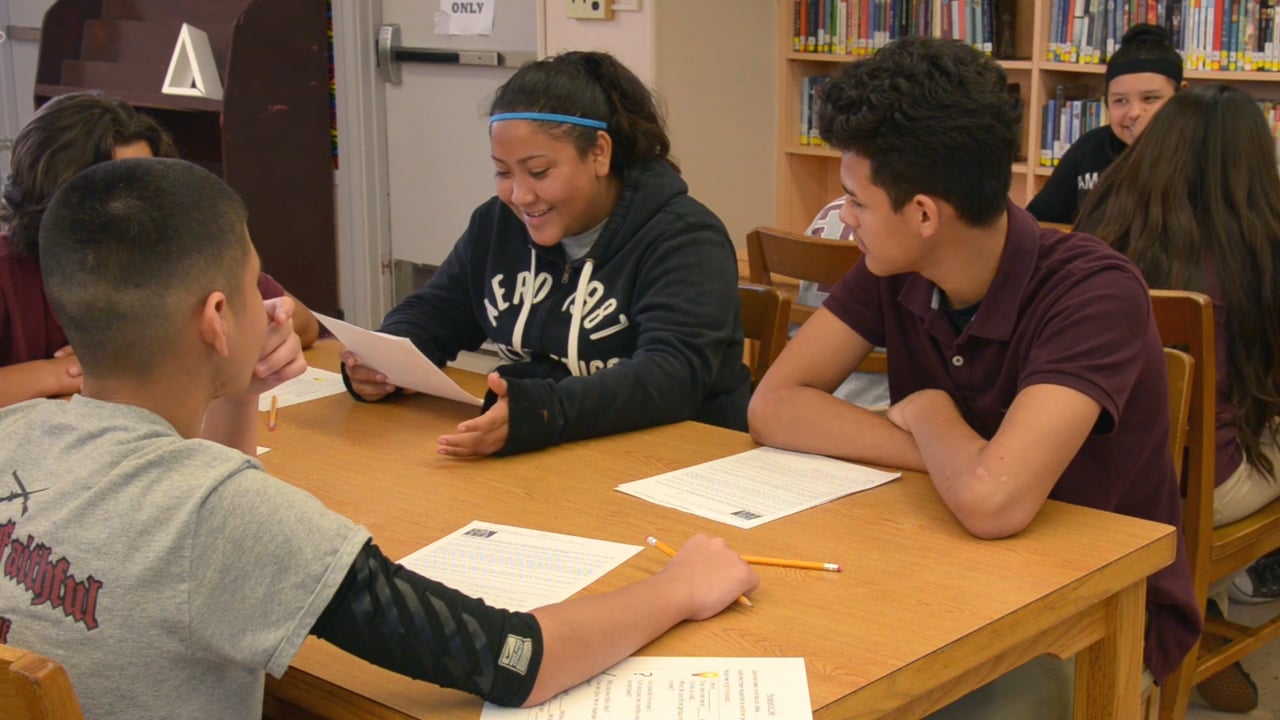Students need to understand the problem fully, that is, instead of just reading a case, they are presented with a complex situation with interesting questions that generate reflection.
By Ján Rehák (janrehak@itesm.mx)
The topics of socio-education and competency-based education are crucial for schooling in this century. For educators like me, who use the case method in our classes, it is important to discover the connection between this technique and the other two concepts. From the viewpoint of socio-education, competencies are perceived as integral actions in the face of environmental challenges. This implies being able to develop and put into action diverse types of knowledge, such as: knowing how to be, knowing how to coexist, knowing how to do and knowing how to know (Tobón, 2013).
Socio-education is an approach that seeks to address the challenges of society through diverse currents and perspectives. It is based on the development of an ethical life project, the acquisition of the competencies required to rise up to the contextual challenges, the implementation of creative entrepreneurship and collaborative work.
data-animation-override>
“We can no longer speak only of cases written 10 years ago that solve basic business problems. We must generate case studies focused on real, tangible and social impact problems.”
In practice, this involves developing case studies that focus on real, tangible social impact problems, which move, touch and, on being resolved, not only help to develop students’ competencies, but also contribute to the development of society. Students themselves need to understand the problem fully, that is, instead of just reading a case, they are presented with a complex situation with interesting questions that generate reflection.
A relevant example is the case in which the complex problem-focused methodology presented by Sergio Tobón was implemented. The challenge was to achieve the social inclusion of people involved in gangs and delinquent groups through their incorporation into microenterprises. This involved understanding the interests of these groups and the contextual opportunities. The best practices that have worked in other case studies with similar characteristics were determined in order to identify creative actions that would assure the impact and continuity of the solution. Students’ work is based on developing proposals to support gang members in their reincorporation into society through work relationships with microenterprises. Since there is not just one answer to the issue of social reintegration, students are at liberty to suggest several solutions that can be implemented in collaboration with the parties interested in resolving the unfavorable situation.
data-animation-override>
“It is important to raise a problem that excites, moves, and helps develop skills in students and also contributes to the development of society.”
I used this approach in my class in order to develop students’ entrepreneurial and strategic analysis skills. We identified four challenges for a social enterprise in Allende, Guanajuato, focusing on social impact growth strategies for the company and the development of organic agriculture. The group was divided into teams and each team was assigned one of the four challenges identified.
A visit to the company enabled the students to understand the context, talk with the company’s stakeholders and thus create their own case study. In five weeks, they developed a strategic analysis methodology, created alternative solutions, validated them and implemented the one they considered most feasible. The teams presented their proposals to the panel of entrepreneurs, investors and company stakeholders, and received their respective feedback and comments.
The most viable strategies for the company are currently being implemented, and several of the students have received offers to collaborate with the organization. The students were able to solve a case study and, in this way, learned from their mistakes, validated assumptions and addressed real contextual challenges.
Understanding socio-education as the general framework for implementing the case method, the method itself needs to evolve and be modified. We can no longer speak only of cases that were written 10 years ago, which solve companies’ basic problems of companies. New methods and new cases need to be created in order to implement competency-based education from the perspective of socio-education. Implementing critical thinking and the capacity to analyze complex problems in the student’s environment through the case method will serve to develop both transversal and disciplinary competencies.
As teachers, we need to reflect on how to modify the activities used in the classroom to succeed in building competencies in our students. The case method has all the necessary characteristics to be modified and used in an exemplary way, and integrating the socio-educational approach makes it possible to implement this method in diverse areas of knowledge.
About the author
Ján Rehák holds a Ph.D. in Business Administration, focused on inclusive entrepreneurship. He is an entrepreneurship and business professor at Tecnológico de Monterrey, Campus Querétaro, teaching classes on strategy, business models and entrepreneurship. He is a candidate for admission to the CONACYT National Researcher System.
This article from Observatory of the Institute for the Future of Education may be shared under the terms of the license CC BY-NC-SA 4.0 
)
)


)